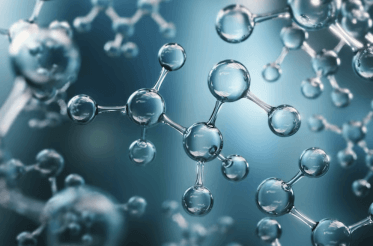Question
a.
removes oxygen
b.
donates electrons
c.
both a and b
d.
is the oxidising agent
Posted under Chemistry
Interact with the Community - Share Your Thoughts
Uncertain About the Answer? Seek Clarification Here.
Understand the Explanation? Include it Here.
Q. A reductant
Similar Questions
Explore Relevant Multiple Choice Questions (MCQs)
Q. Displacement reaction occurs when
View solution
Q. Metals are good at
View solution
Q. In Copper Oxide (CuO) and Carbon Monoxide (CO) reaction, oxidizing agent is
View solution
Q. Reduction involves
View solution
Q. Less vitamins and valuable nutrients are destroyed if the
View solution
Q. Change of orange color of Chromium(VI) (Cr+6) to green color of Chromium(III) (Cr+3) indicates presence of a
View solution
Q. Exothermic reactions are
View solution
Q. When dichromate (VI) ion becomes reduced to chromium (III) ion, a change of color occurs from
View solution
Q. Reducing agents does not include
View solution
Q. At high temperatures, enzymes...
View solution
Q. If Potassium Iodide (KI) acts as oxidizing agent, change occurs from, indicates presence of
View solution
Q. In Copper(II) Oxide (CuO) and Carbon Monoxide (CO) reaction,
View solution
Q. On hydration, [Al(H₂O)₆]³⁺ (aq) produces
View solution
Q. The oxidation number of Si in SiCl₄ is
View solution
Q. The solution is turned acidic upon hydration of AlCl₃, because
View solution
Q. In S₂Cl₂, the oxidation number is
View solution
Q. Consider the reaction: SiCl₄(l) + 2H₂O(l) → SiO₂ + HCl. The color of SiO₂ is
View solution
Q. The dimer of AlCl₃ is
View solution
Q. In period 3, metal that has the highest electronegativity is
View solution
Q. Consider the reaction: SiCl₄(l) + 2H₂O(l) → SiO₂(s) + HCl. The form of HCl produced in this reaction is
View solution
Recommended Subjects
Are you eager to expand your knowledge beyond Chemistry? We've handpicked a range of related categories that you might find intriguing.
Click on the categories below to discover a wealth of MCQs and enrich your understanding of various subjects. Happy exploring!








